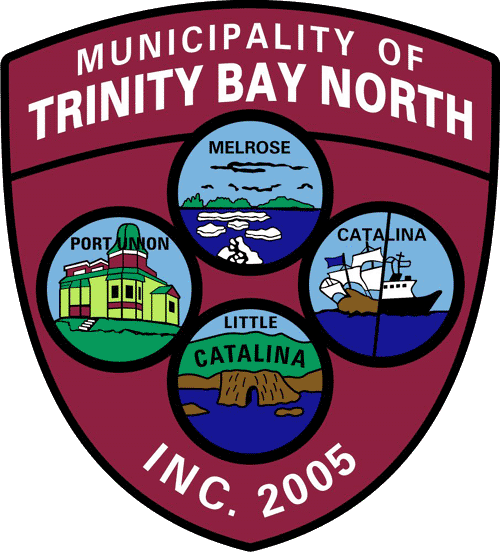Melrose

Photo by Dennis Minty

Welcome to the Melrose section of this website for the Town of Trinity Bay North (TBN) that came into existence on January 1st, 2005. TBN consists of Catalina (Ward 1), Port Union (Ward 2), Melrose (Ward 3) and Little Catalina (Ward 4) which are situated on the coastline of Trinity Bay.
Here is a little information about Melrose's proud history:
(inc. 1969; pop. 1986, 406). A fishing community on the Trinity Bay side of the Bonavista Peninsula, less than 5 km south of Catalina qv. Until 1904 Melrose was known as Ragged Harbour - it is likely that the name was chosen in honour of Governor William MacGregor, who grew up near Melrose, Scotland. Ragged Harbour is partially sheltered by Ragged Island and is accessible only to small boats, as it is dotted with several islands and shoals. But it offers the closest access to inshore fishing grounds to the south and was, therefore, a locus of activity for the English migratory fishery from the 1690s.
It is unlikely that Melrose became a permanent settlement until the early 1800s. The earliest resident identified by E.R. Seary is John Cotter, recorded there in 1813. Other common family names of present-day Melrose first occur in parish records of King’s Cove in the years 1815 to 1819 and include Donovan, Doody, Duggan, Feehan, Humphries, Mackey, McDonald and Peters. Family traditions support speculation that the community was settled by immigrants from Ireland c. 1815. By the first official census in 1836 there were 153 residents, while as late as 1857 there were 15 people recorded as having been born in Ireland.
From, the first, Melrose was almost exclusively a Roman Catholic community, one of few such in Trinity Bay. Although a school was established as early as 1845, there was never a church in the community. Residents were registered in King’s Cove parish and attended mass at Catalina from the 1860s. Economic ties with Catalina were also strong, through the firm established by John Murphy at Murphy’s Cove. Fishermen of Melrose were supplied by the Murphy firm (and later by McCormack & Walsh) and also become involved in the Labrador fishery and seal fishery through Catholic merchants at Catalina.
Later developments in the local fishery (such as the introduction of longliners and the opening of a freezing plant in the 1940s) were also centred on Catalina and Port Union. By the 1970s the inshore fishery at Melrose had been superseded as the major source of employment by the fish plant at Catalina. Other Melrose residents worked as seamen on Grand Lakes freighters or as trawler hands. Since the local school was closed in 1970, students from Melrose have been bused to St. Catharine’s in Catalina. Marie Delaney (MHG, 41-B-1-13), Sheila Hanlon (1976), Census (1836-1986), DA (Apr. 1979), List of Electors (1962, 1975), Lovell’s Newfoundland Directory (1871), Stacey Collection. RHC
Source Encyclopedia of Newfoundland and Labrador